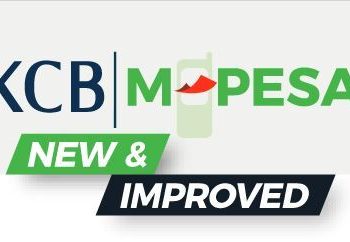Kenya has achieved one of the highest financial access rates in Africa, over 84.8% of adults have access to some form of financial service (bank, SACCO, or mobile money). However, financial health remains low. According to FSD 2022 report only 18.0% of adults are financially secure or resilient. The National Financial Inclusion Strategy (NFIS) 2025–2028, developed by the Central Bank of Kenya (CBK) and the National Treasury, seeks to move beyond access toward meaningful usage, affordability, and financial well being. It emphasizes digital innovation, inclusivity, and consumer protection while aligning with Kenya’s Vision 2030 and Sustainable Development Goals (SDGs).
The NFIS 2025–2028 has six major pillars.
- Access and infrastructure, which aims to expand rural and digital infrastructure; strengthen SACCOs, microfinance, and agent networks.
- usage & quality pillar to promote affordable, customer centric products; improve digital payments and open finance frameworks.
- consumer protection & literacy pillar to ensure transparent pricing, ethical lending, and financial education across all demographics.
- Inclusive green finance pillar with an aim to integrate environmental sustainability and climate risk management in lending and investment.
- Agricultural & rural finance pillar to enhance credit and insurance access for farmers, MSMEs,
- Informal sectors and equity & inclusion pillar which aims to Prioritize women, youth, PWDs, displaced persons, and low income groups.
By 2028, the NFIS 2025–2028 aims to deliver measurable progress toward deeper financial inclusion and well being among Kenyans. Specifically, the strategy targets a 57.0% reduction in average mobile transaction costs, lowering them from KES 23.0 to KES 10.0, to make digital payments more affordable and accessible. It seeks to increase active bank account usage from 45.6% to 60.0%, ensuring that financial accounts are not just opened but actively utilized. The program also aims to grow formal savings adoption from 68.0% to 75.0%, encouraging a culture of financial discipline and long term planning. Additionally, it plans to expand investment product usage from 4.0% to 15.0%, enabling more Kenyans to participate in wealth creation and capital markets. Most importantly, the NFIS envisions raising the proportion of financially healthy adults from 18.3% to 40.0%.
To ensure the successful implementation of the National Financial Inclusion Strategy (NFIS) 2025–2028, it is critical to proactively identify, assess, and manage potential risks that could impede progress across the strategic pillars. As a result, a risk matrix outlining the major categories of risks ranging from policy, regulatory, strategic, governance, technological, financial, operational, and external threats that may affect the execution has been drafted. Each risk entry includes a description, affected stakeholders, the pillars it impacts, likelihood and severity ratings, as well as proposed mitigation measures and responsible parties. This structured approach facilitates informed decision making, enhances institutional preparedness, and fosters adaptive management to achieve the NFIS objectives effectively and sustainably.

















